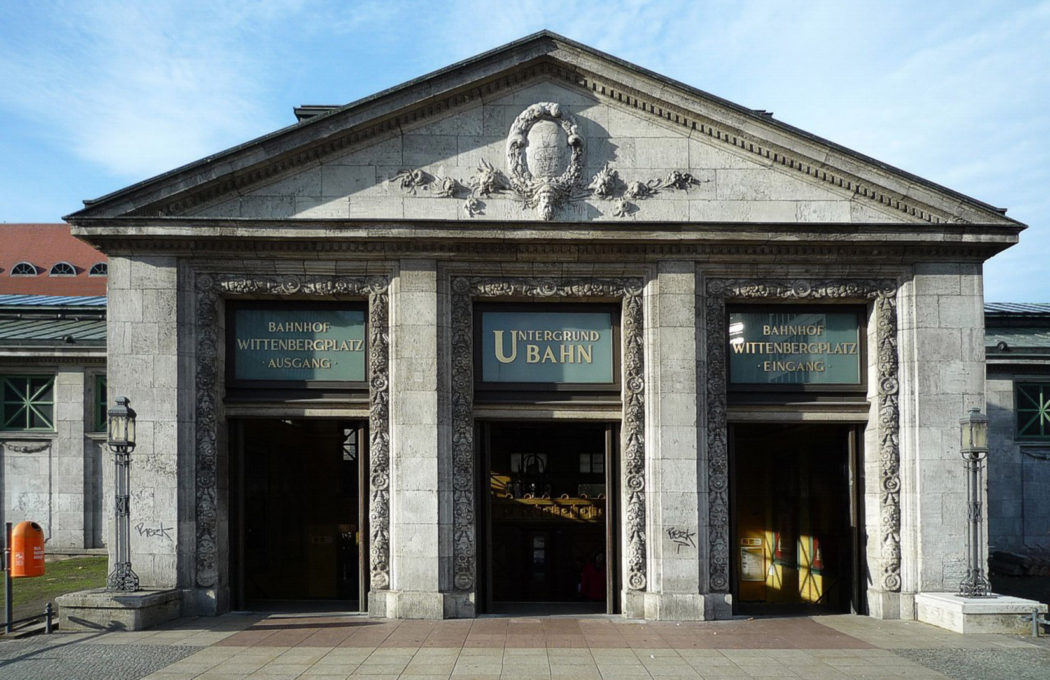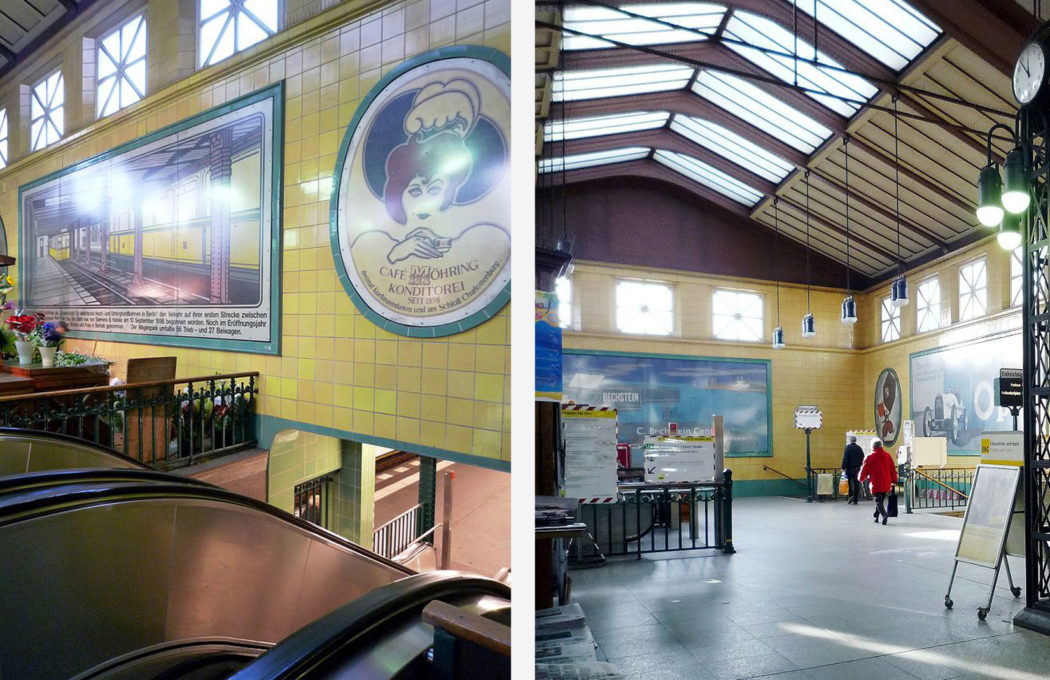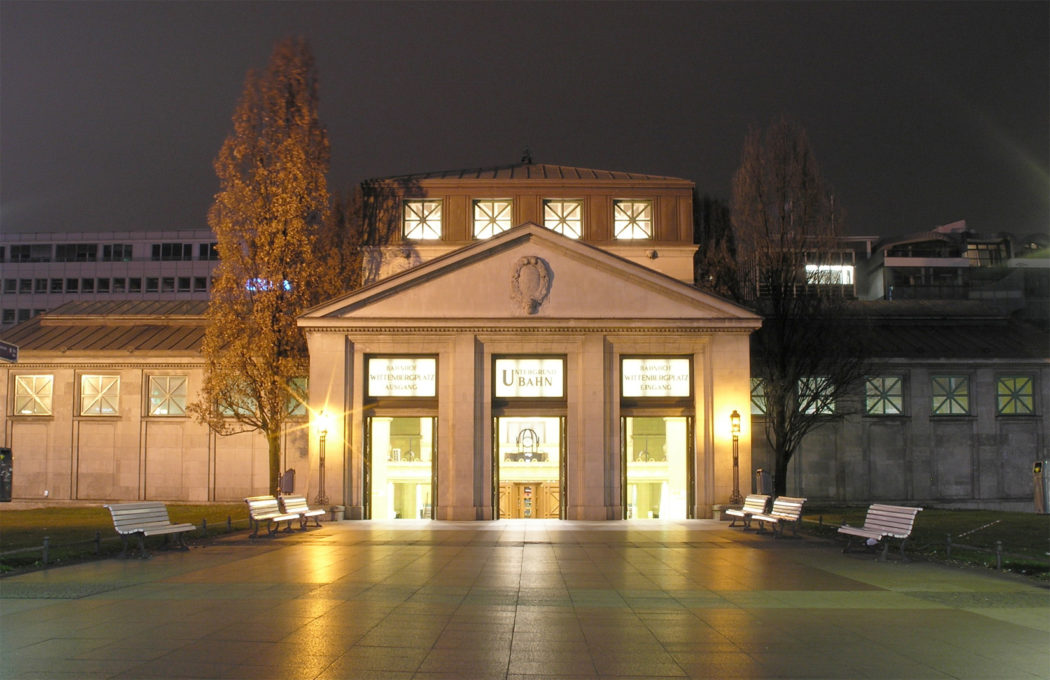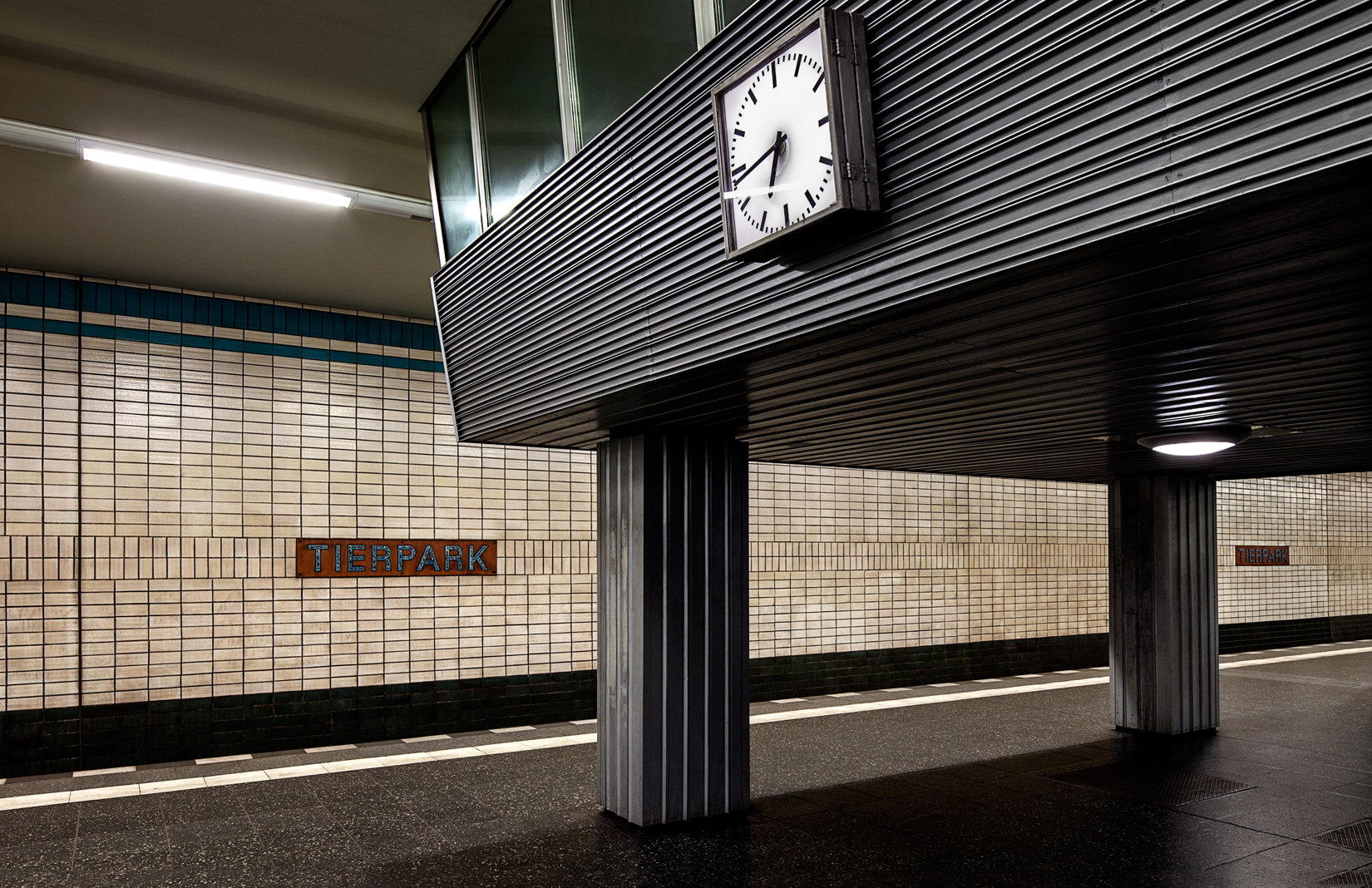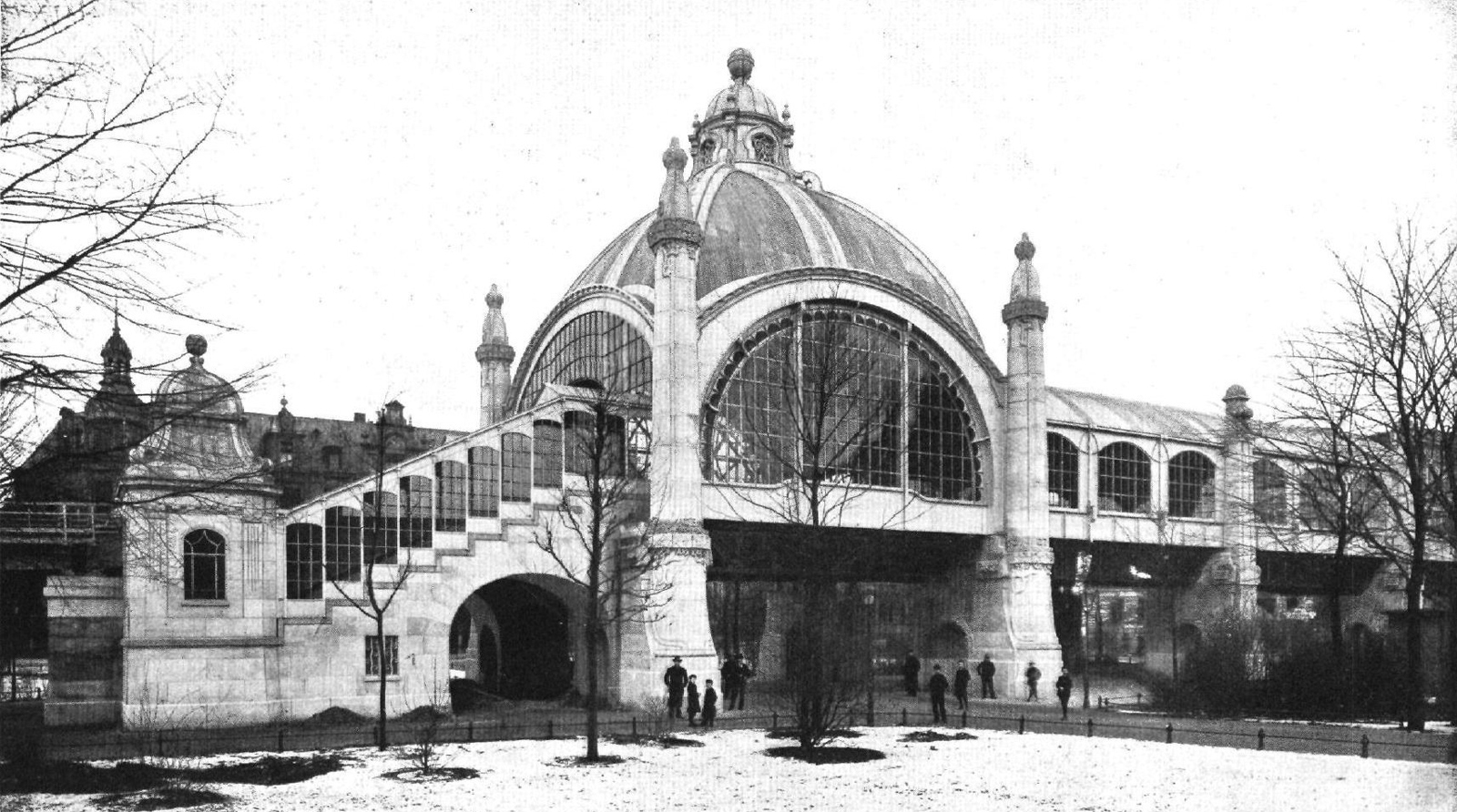
Since it opened in 1902, Berlin’s U-Bahn – Untergrundbahn or underground train – and its 170 stations have been among Europe’s greatest pieces of public infrastructure.
The network of stations also rank among the city’s most impressive architectural sites, spanning the styles of Art Nouveau, Modernism (and Postmodernism) – as well as Germany’s most tumultuous century.
Alight here for a whistle-stop tour of the best stops for architecture buffs.
Nollendorfplatz Station
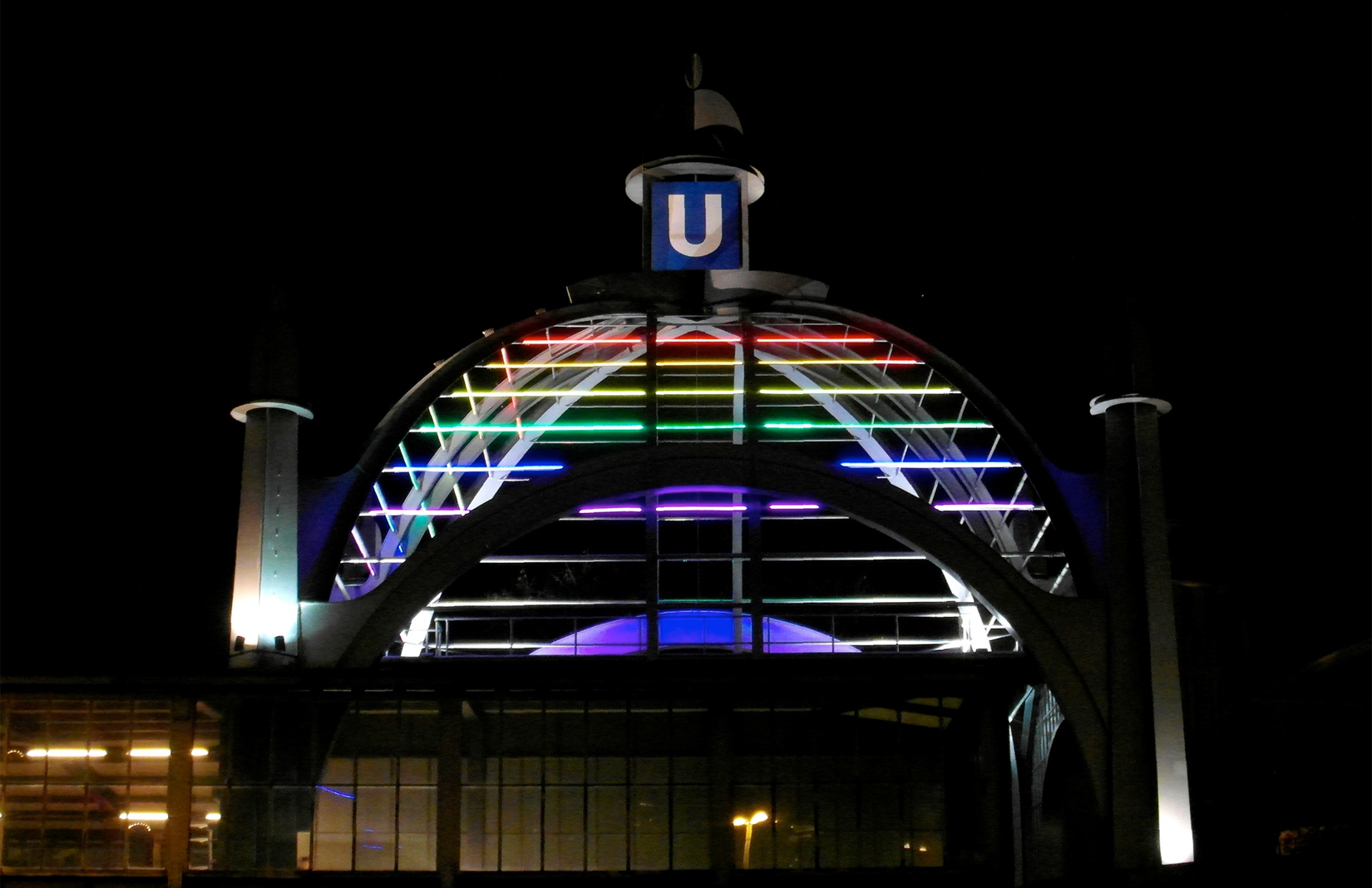
Part of the first open U-Bahn line and built in 1902, Nollendorfplatzin Schöneberg was originally adorned with an Art Nouveau dome (top image) before it was destroyed during WWII. In 2002 the dome was rebuilt with rainbow coloured neon stripes (above), a nod to the area’s history as Berlin’s LGBQT hub.
Wittenbergplatz Station
Another of Berlin’s oldest stations, Wittenbergplatz is the handiwork of Swedish-born architect Alfred Grenander, the city’s most prolific early 20th-century railway architect. This station features a Neoclassical facade and grand entrance hall built in 1913. It was badly damaged during WWII and later reconstructed faithfully to Grenander’s design.
Krumme Lanke Station
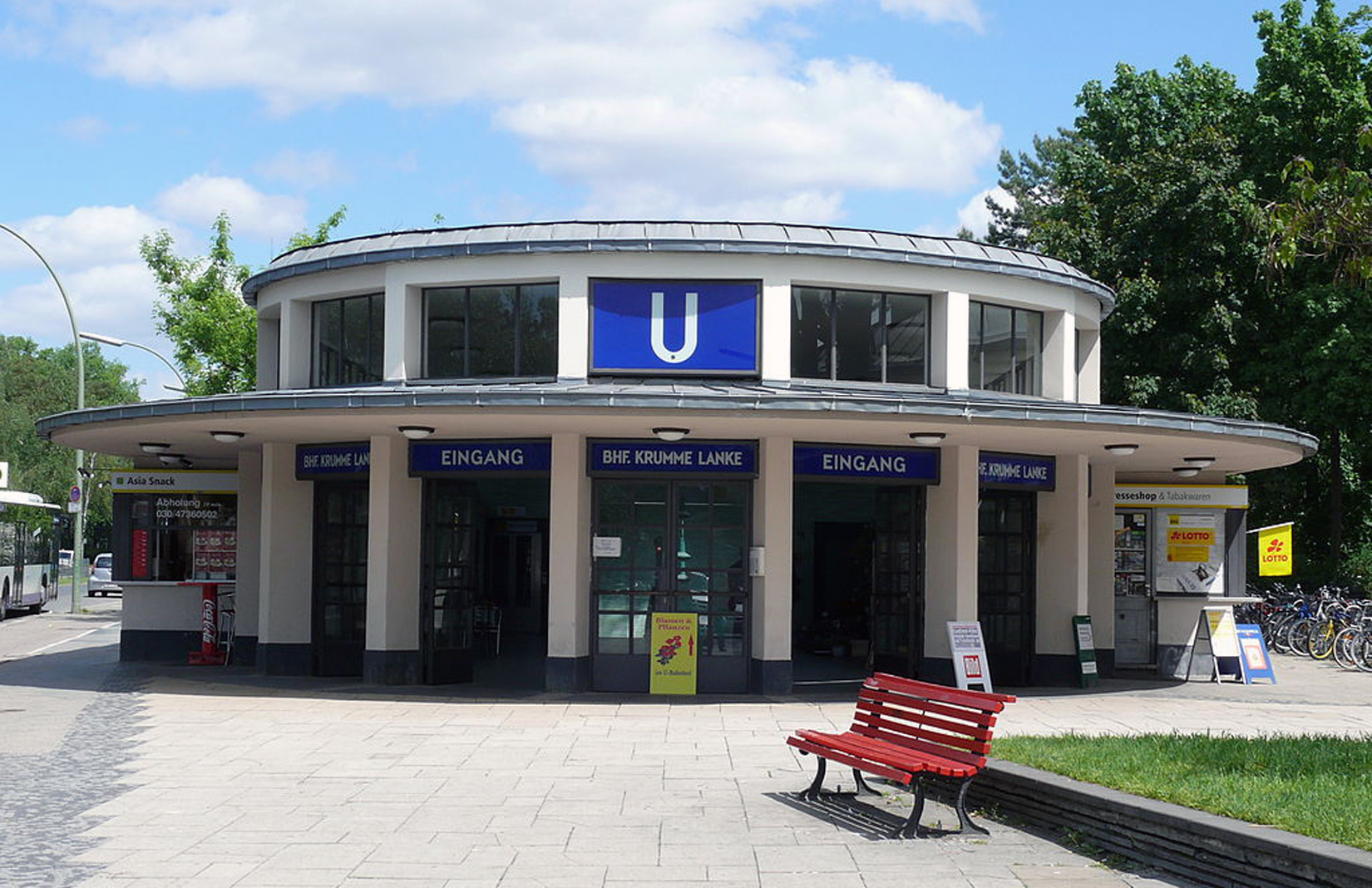
Grenander’s work spanned decades, districts and many styles. His 1929 Streamline Moderne design for Krumme Lanke in the southwest of the city features a double-height ticket hall and a generous rounded entranceway, not dissimilar to the architecture of London’s Modernist station master, Charles Holden…
Heidelberger Platz
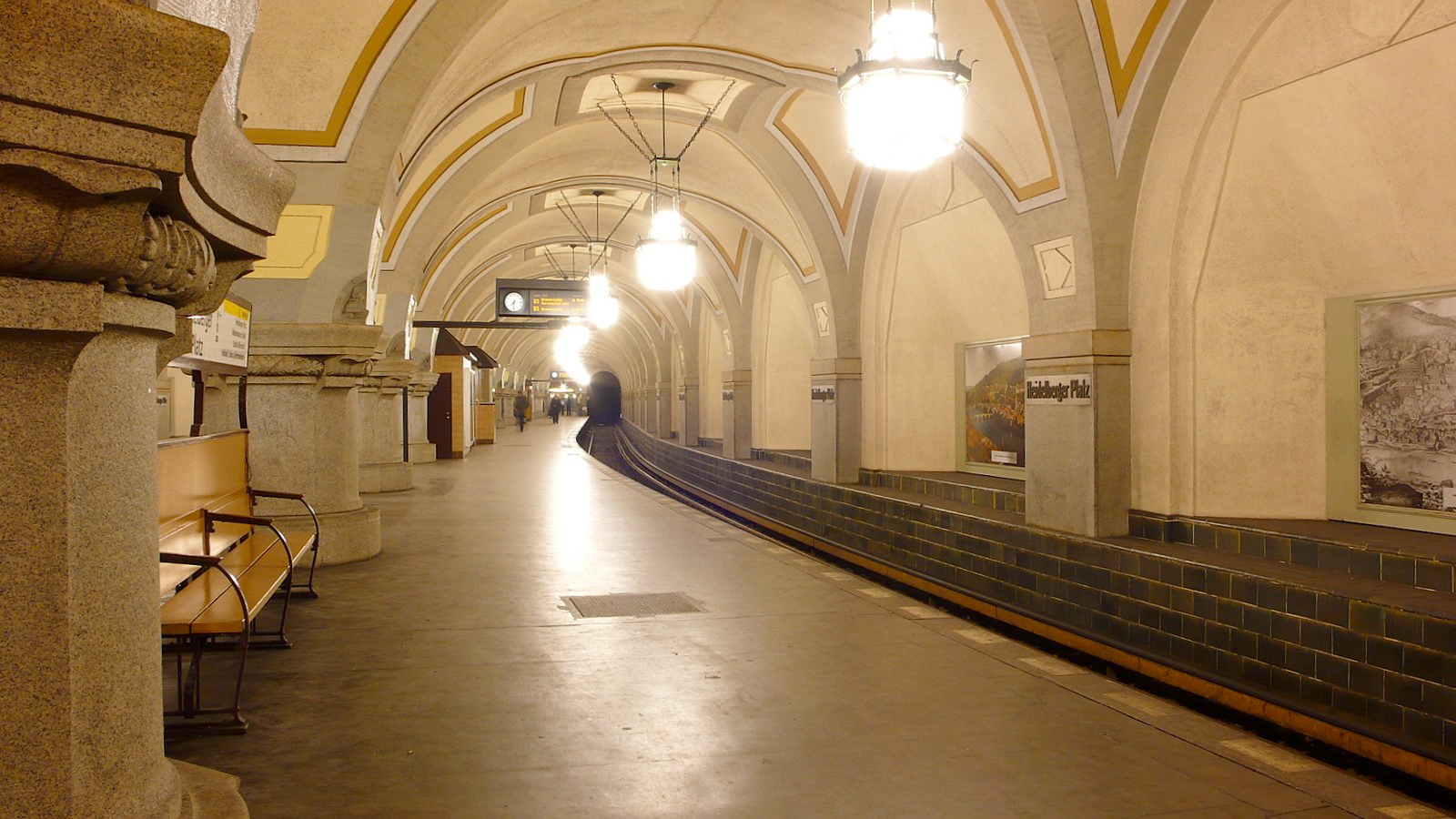
Although the overground station was constructed here in 1883, its crowning jewel is the U3 platform designed by architect Wilhelm Leitgebel in 1913. With a groin vault ceiling and regal iron lamps, Heidelberger Platz offers a glamorous start to the morning commute.
Westhafen Station
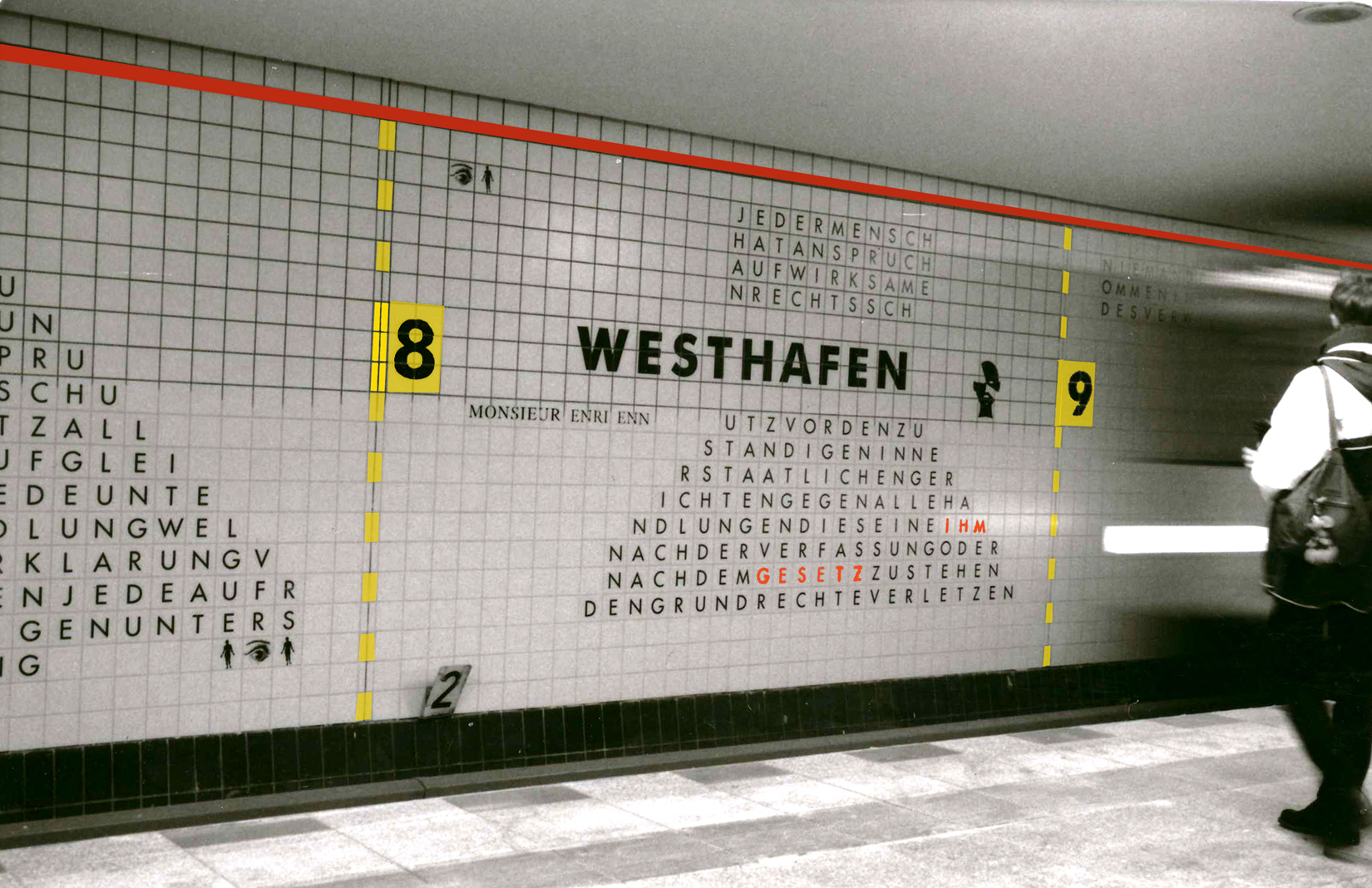
One of a handful of stations designed by mid-century Modernist Bruno Grimmek, Westhafen was built in 1961 but today is best known for its platform artworks. Created by artists Françoise Schein and Barbara Reiter in 2000, they feature quotes from the Universal Declaration of Human Rights and poet Heinrich Heine, written across the station’s wall tiles in Bauhaus fonts once rejected by the Nazis.
Fehrbelliner Platz Station
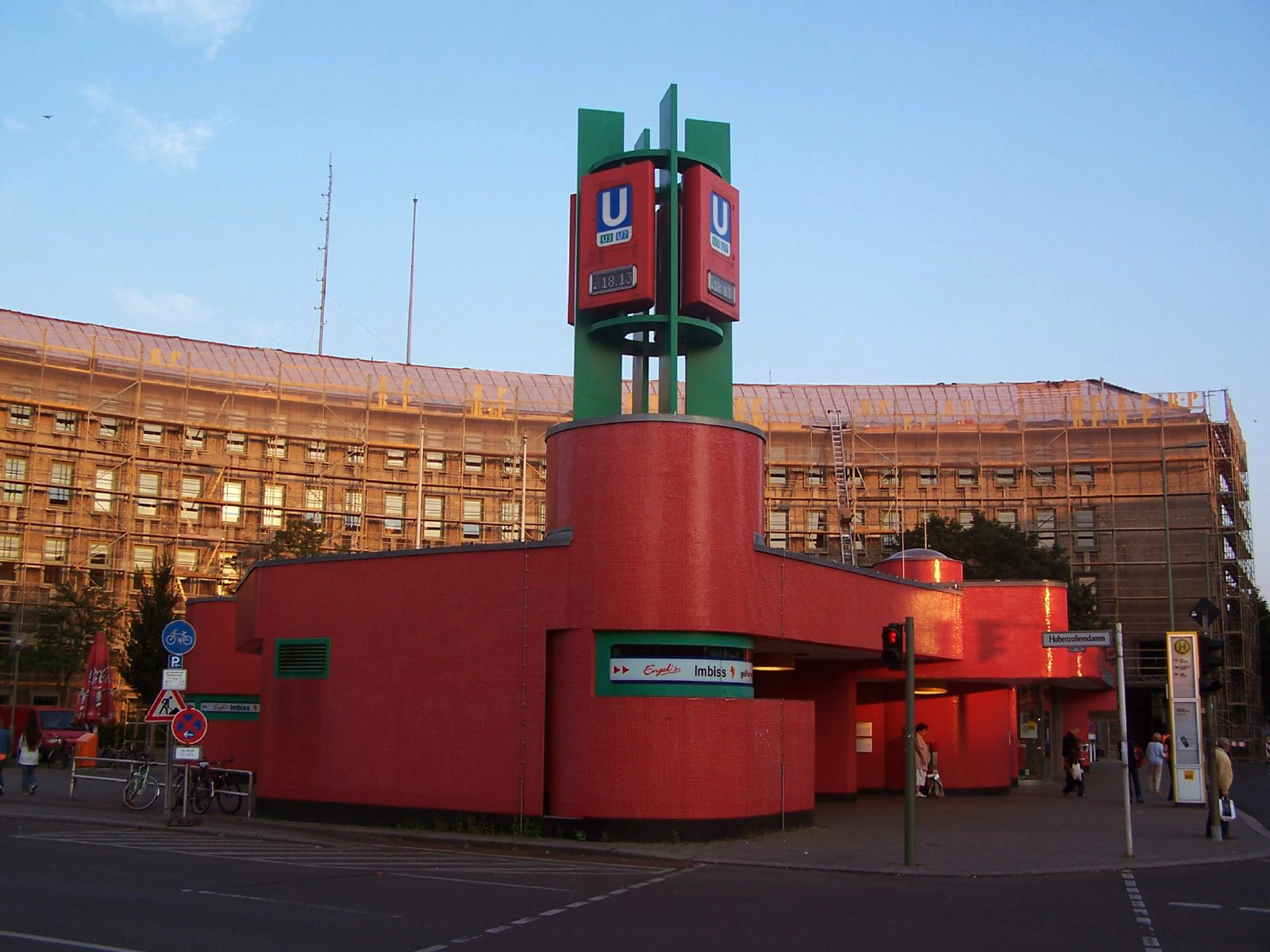
Rainer G. Rümmler’s U7 stations built in the 1960s and 1970s dazzle their way across West Berlin, but few catch the eye quite like Fehrbelliner Platz. Constructed in 1971, it boasts a red, round-edged entrance hall (contrasting sharply with the area’s surrounding Nazi architecture) and Pop Art platform design.
Tierpark Station
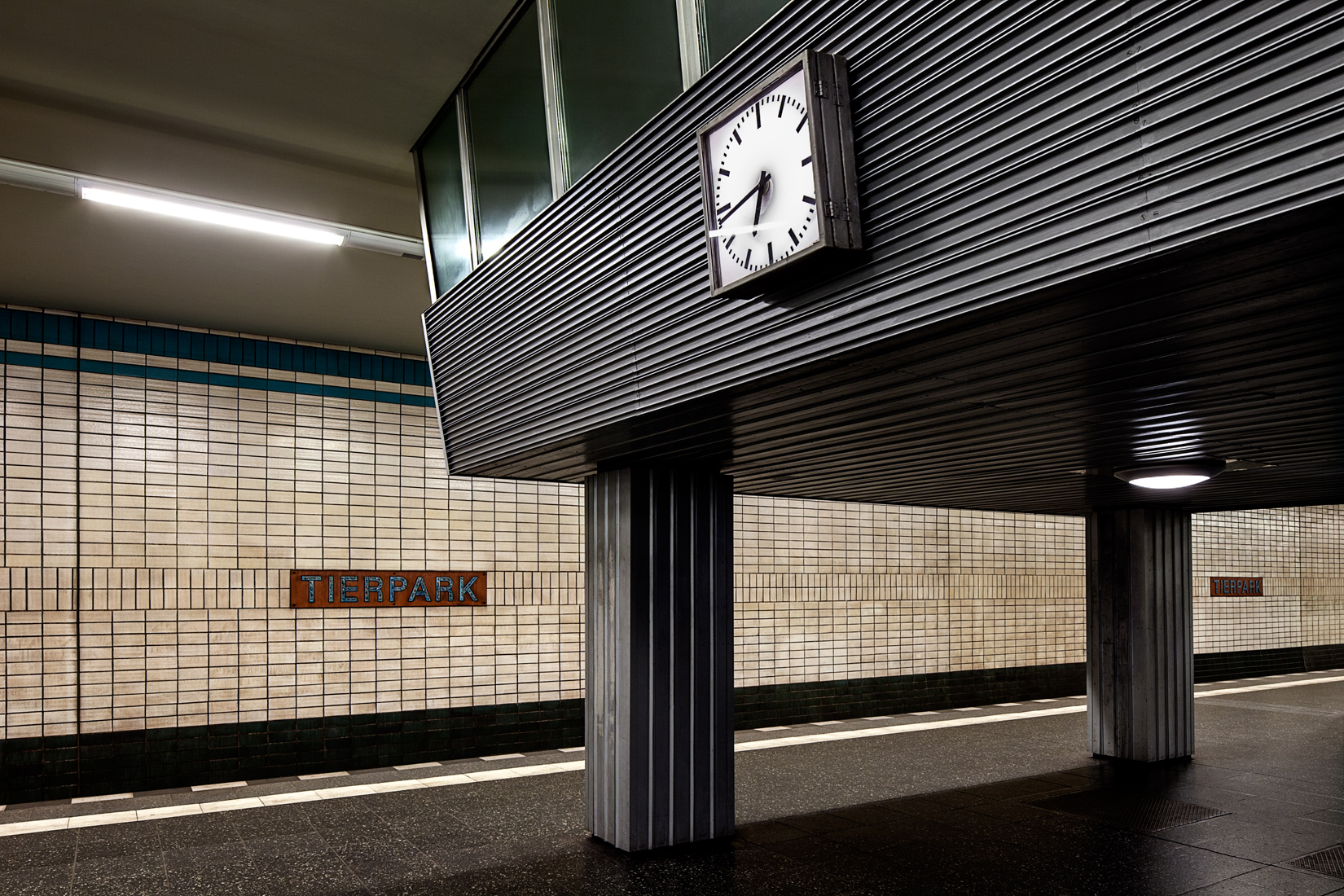
The only U-Bahn station built by the GDR government, Tierpark was finished in 1971. Its gentle marine blue tiles sit somewhat incongruously with the prefab panelled security ‘tower’ at platform level. Still, it provided a suitably cool setting for the video of trance legend Paul Van Dyk’s 2000 hit, ‘We Are Alive.’
